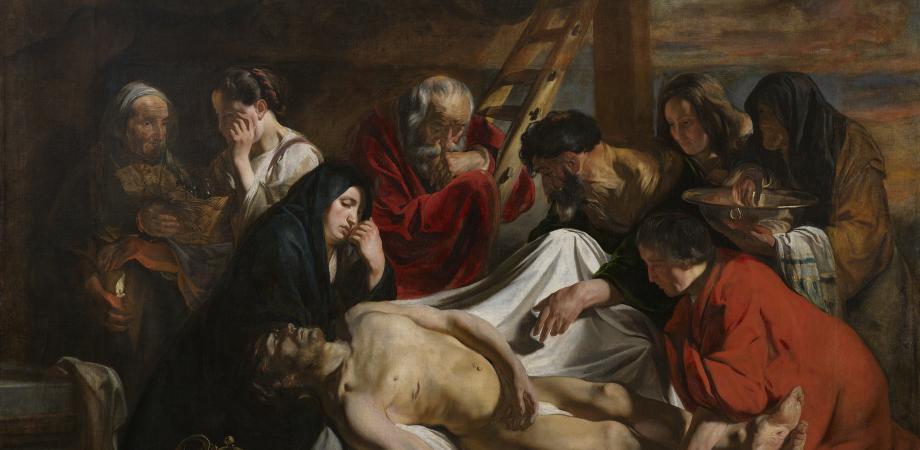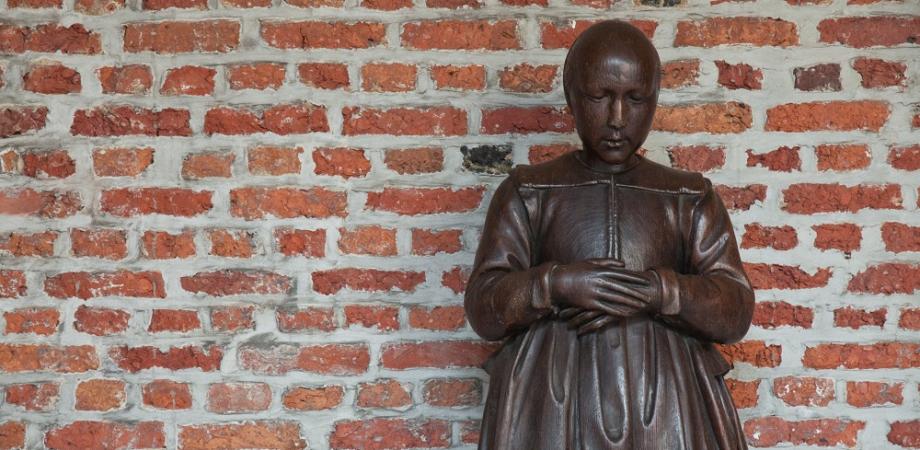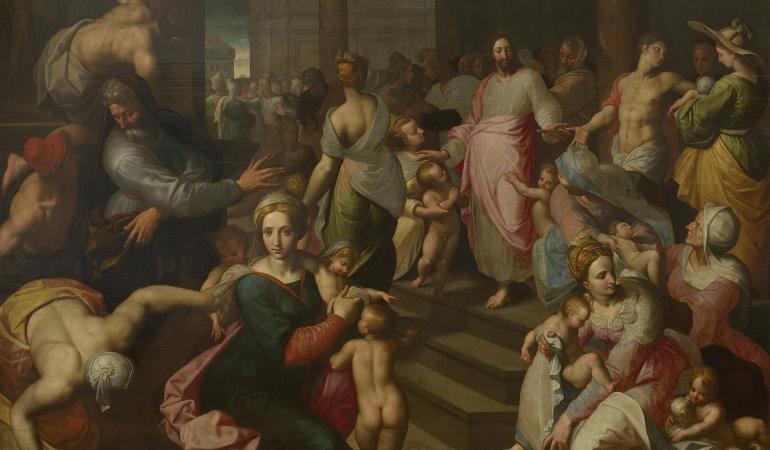About the rich and the poor
The Maidens’ House Museum, the museum of Antwerp’s public social welfare centre, is located in a historic building, which dates from the sixteenth-seventeenth century and was used as an orphanage for the ‘maegdeckens’ or maidens for several centuries.
Here you can find out more about care for foundlings, orphans and the poor in Antwerp throughout the centuries. Poverty and homelessness are not a modern phenomenon. Our western cities have had to contend with these issues since the Middle Ages. Did you know by the way that the Antwerp ‘foundling drawer’ or baby hatch was first used in 1812?
Utensils
In the orphanage’s former chapel you can see all kinds of utensils which the foundlings and orphans used on a daily basis, including:
- majolica porridge bowls
- foundling dresses and identifiers
- samplers which the girls embroidered
- antique furniture
- all kinds of archival documents including old house rules, or what was on the girls’ menu
Artworks
Besides utensils, the MAMU has a surprisingly good and diverse collection of paintings and sculptures. The small museum is home to 150 artworks. So what can you see here?
- paintings by Antwerp masters from the fifteen to the seventeenth century: Peter Paul Rubens, Jacob Jordaens, Sir Anthony Van Dyck
- ‘lesser’ masters are also well represented in the collection: Pieter Aertsen, Otto Van Veen, Simon De Vos, Maarten Pepijn
- sculptures from the sixteenth to the eighteenth century: Huibrecht Van den Eynde, Walter Pompe
Majolica porridge bowls
The MAMU’s 63 porridge bowls were added to the Flemish Heritage List (Vlaamse Topstukkenlijst) in 2011.This protects Flemish cultural heritage because of its special historic, artistic and scientific value. Specialists consider this sixteenth-century Antwerp pottery, also called majolica, as the precursor of Delft Blue porcelain. The orphans would use these bowls on Sundays and public holidays. These beautifully-preserved items are very rare, and depict men, women and saints in bright colours. The porridge bowls were displayed in the orphans’ formal kitchen. You can buy hand-decorated replicas in the museum shop, which were produced according to traditional methods, making them just as unique!

God’s Need, Jacob Jordaens
Jacob Jordaens painted ‘God’s Need’ in 1620, expanding the painting in 1650. In fact, he literally sewed more strips of canvas to it. He bequeathed this Baroque gem to the Maidens’ House in testament, which explains why the painting has been in this location since 1679. This masterpiece recently underwent a thorough restoration. The Royal Institute for Cultural Heritage in Brussels conducted research on it and cleaned the canvas, restoring old damage and adding a fresh coat of varnish. The painting has regained a lot of the intensity of the colours and the depth after the restoration. In July 2012, the painting returned to the Maidens’ House Museum, where you can admire it all in its glory again.

Houten Clara, seventeenth century, anonymous artist
This life-size oak wood sculpture in the courtyard of the MAMU – called Wooden Clara – once served as the main column of a staircase in the orphanage’s front building. It inspired Hendrik Conscience to write the short story “Houten Clara”. What is this story about?

Biblia pauperum, oil on panel, 1490-1500
The Biblia Pauperum, or Poor Man’s Bible, represents the Last Judgement, the Seven Corporal Works and the Seven Deadly Sins. This work was originally displayed in the Chamber for Poor Relief in the Cathedral of Our Lady in Antwerp. It represents the Biblical virtues and sins. You had to do good deeds to go to heaven. Those who led a sinful life were sent straight to hell. The unknown master has created a very expressive representation of this idea – which was extremely useful for the illiterate. In a sense, this is the medieval version of a comic.


